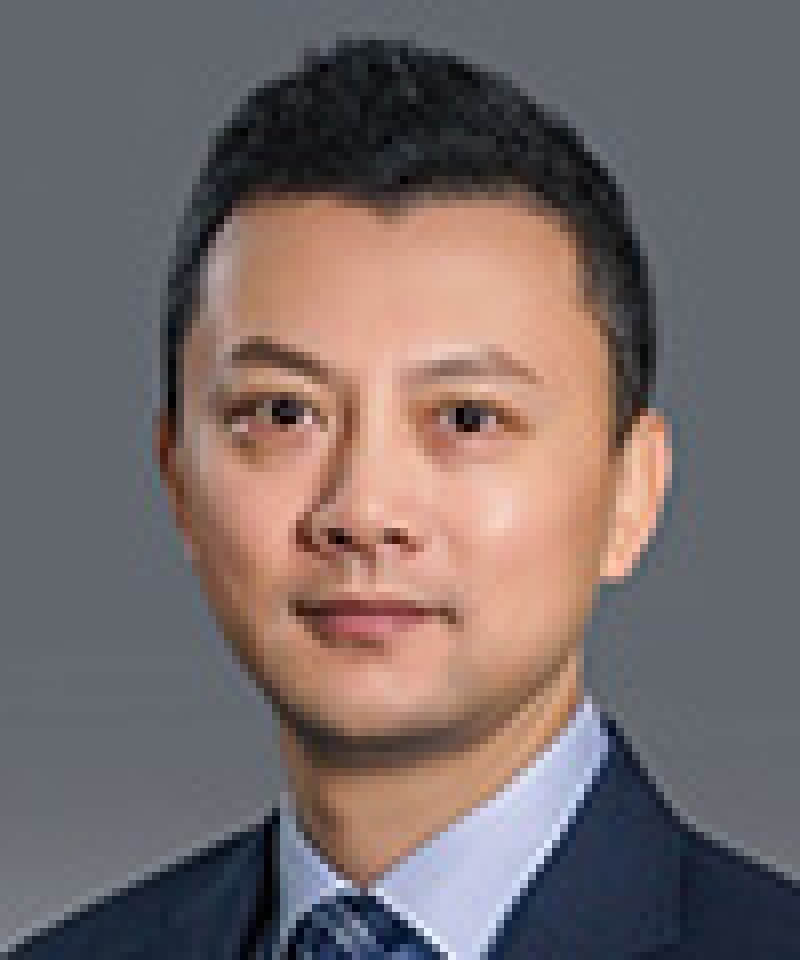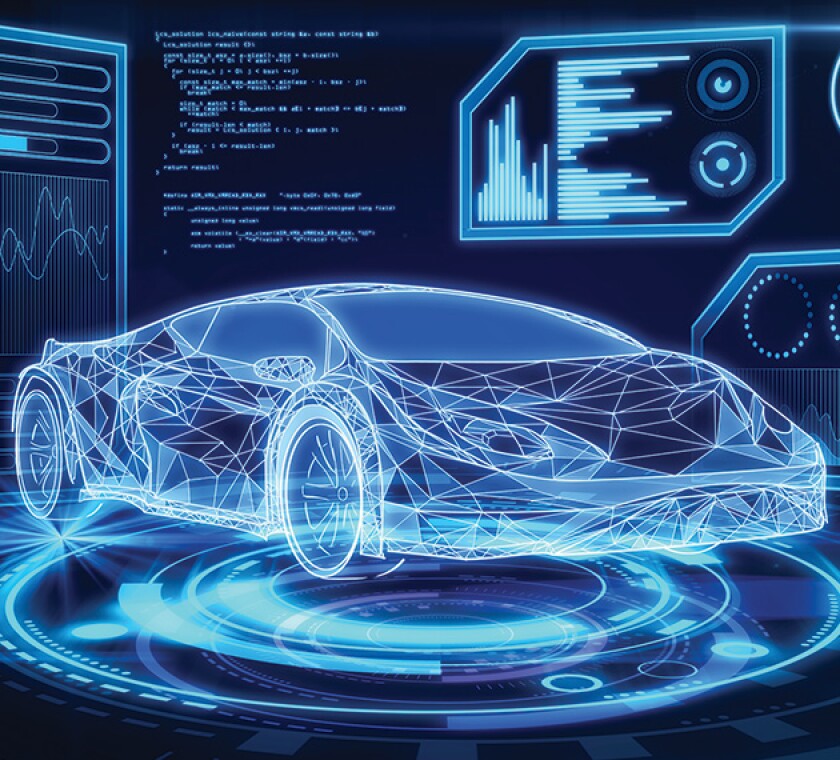China has been the world’s largest new energy vehicle (NEV) market by sales volume since 2015 and is poised to maintain that pole position for years to come. The success of China’s NEV market in that time has relied to a great extent on financial subsidies and favourable tax treatments.
On April 23 2020, several government authorities including the Ministry of Finance, the Ministry of Science and Technology, the Ministry of Industrial and Information Technology, and the National Development and Reform Commission jointly issued Circular Cai Jian No. 86, which extends the subsidies made to NEVs to the end of 2022.
However, the subsidy criteria for NEVs have been tightened. Given that the further development of the NEV market cannot solely rely on financial subsidies, relevant enterprises are looking at how to adapt their business models. This affects both pure NEV enterprises, as well as traditional auto sector original equipment manufacturers (OEMs) that are attempting entry into the NEV market. These include the large, established German, Japanese and US auto manufacturers, amongst others (referred to below as traditional OEMs).
It is well-known that third-party dealerships are central to traditional auto retailing. New NEV enterprises, by contrast, have been pushing a direct sales model which has quickly become extremely popular in China. For instance, Tesla has established many stores in shopping malls in China, spreading its brand and promoting its sales. As NEV buyers have gone from being a small group of early adopters to constituting substantial minority of car purchasers, traditional OEMs getting into the NEV space have also started to embrace this new sales model. The choice of distribution model has China tax implications. Common NEV sales models are set out below.
Traditional third-party dealer model
Under the traditional dealer model, the profit of dealers mainly comes from the price difference between procurement and retail, and sales rebates or bonuses from the OEMs. Some traditional OEMs (e.g. SAIC ROEWE) looking to enter the NEV market with their non-NEV brand can look to draw on their existing third-party dealership sales network, thus lowering costs of establishing new NEV distribution channels.
While some other traditional OEMs (e.g. BAIC BJEV) have built independent NEV brands and established franchised NEV stores with specialised sales and after-sales teams, they also use in parallel the traditional dealer model for NEV sales. The common disadvantage of this approach is that the sales channel is still controlled by the dealers.
Since the customers do not have a direct communication channel with the OEMs, the OEMs cannot always meet customer demands in a timely fashion. Furthermore, due to variations in the sales strategies of different dealers and their positions in the market, the price of the same type of vehicle may vary between different dealers. This outcome lacks transparency for customers, and such variability of prices through dealers can adversely impact the consumer experience.
Direct sales store model
Some pure NEV players, such as Tesla and NIO, have completely set aside the traditional third-party dealer model and opted to set up direct sales stores as part of their own sales network. Under the direct sales store model, NEV enterprises integrate the online and offline worlds.
At the offline end, the NEV enterprises build experience centres, which are mainly engaged in pre-sales services and test drive, and service centres, which are mainly engaged in delivery and after-sales services. At the online end, NEV enterprises sell their vehicles via their official website and apps. The vehicles are all customised online, with a fixed sales price nationwide (though less types of vehicles can be offered).
The direct sales store model can face the end-customers directly with a more intimate consumer experience. This being said, as maintaining a large number of direct sales stores would mean high costs, and financial pressure from long construction periods, direct sales stores are more commonly set up in first-tier and second tier cities in China. New NEV players generally find that it is not financially feasible to set up direct sales stores all over China.
Agency sales model
The agency sales model is a compromise between the traditional third-party dealer model and the direct sales store model. The agency sales model may be viewed as a reformed version of the sales model for traditional OEMs, integrating traditional and innovative sales techniques and channels to build their NEV brands.
Under the agency sales model, the traditional dealers transform into agents for the OEMs. As such, the dealers receive a premium-based compensation instead of price difference and bonus. In return, the OEMs will bear the majority of the risks of the current dealers, such as inventory risk.
For OEMs, the agency sales model not only enables them to utilise the existing sales network and channels of the dealers, but also enables direct sales with fixed prices to meet consumer demand. It is understood that some OEMs have launched agency sales model, such as ID series from SAIC Volkswagen, as a pilot of sales model reform.
Tax considerations
It is noteworthy that both traditional OEMs and new players are still at the stage of getting a handle on the future shape of sales channels for NEVs. Some traditional OEMs with traditional third-party dealer models have tried to set up direct sales stores on a pilot basis, with dealers remaining as their principal sales channel while direct sales stores simply act as supplements.
There are also new NEV players that cooperate with dealers to sell vehicles as agents to expand market shares, even though they have their own direct sales stores already. With these evolutions to sales models, a number of tax issues and opportunities have come to light.
The choice of organisational form for newly established stores is important, e.g. these can be set up in the form of a subsidiary, operating branch, or non-operating branch. Administrative and tax costs will differ for each. Balanced against this is the question of whether a particular type of organisational form is permitted to conduct all of the functions chosen for the store. For example, branches are not allowed to conduct charging pile construction in some cities.
Access to the High & New Technology Enterprise (HNTE) tax incentive is a further consideration. This provides for a 15% corporate income tax (CIT) rate in the place of the standard 25% rate. Obtaining this incentive requires that the goods or services provided by the incentivised enterprise meet the criteria for high or new technology products. Furthermore, the core technology, embedded in these products, must be owned by the selling entity and it must conduct ongoing R&D to develop this further. To the extent that the R&D efforts of particular NEV entities might focus on developing components for the vehicles, rather than on the entire vehicle development, detailed assessment is needed to see if these requirements can be met.
The direct sales model throws up novel issues in relation to purchasers obtaining NEV licenses, vehicle purchase tax exemptions, and local subsidies. For example, take the case where a customer purchases an NEV from a branch office in Shanghai and obtains the invoice issued by the head office in Beijing. This could complicate the customer obtaining the NEV license in Shanghai and applying for local subsidies in Shanghai. Such issues could arise also in relation to the agency sales model.
The shift from the dealer model to the agency sales model gives rise to several tax issues and risks, particularly on the VAT front. For example, say an agent receive a commission fee from an OEM based on sales volumes; this would be subject to VAT at the rate of 6%. At the same time, the agent must reimburse the OEM for rentals paid to the landlord, giving rise to VAT at 9%. In such case, the OEM and the agent might consider net basis settlement, giving rise to contractual and practical VAT invoicing issues.
While China is fertile soil for expansion in the NEV space, the market is fiercely competitive. To survive and thrive, NEV enterprises are innovating with their sales channels, demanding careful planning and analysis of the impacts from the tax, regulatory and business perspectives.
William Zhang |
|
|---|---|

|
Partner KPMG China T: +86 (21) 2212 3415 William Zhang is the lead tax partner of industrial markets, auto and the energy and natural resources industry of KPMG China. William has been providing Chinese business, tax and regulatory advisory services for multinational companies since 1997. He was seconded to the international corporate tax group of KPMG’s London office for one year, focusing on various international tax projects for European companies. William has assisted many multinational companies in making investments in China and gathered extensive experience in serving clients engaged in a wide spectrum of industries including auto and auto parts, chemistry, and electronics. His experience covers the range from assisting multinational companies in formulating expansion strategies into China, setting up and structuring their business operations in China, fulfilling relevant registration and filing requirements, as well as exploring possible tax opportunities. In particular, William has advised many multinational companies in the auto and industrial markets on their restructuring and merger and acquisition (M&A) activities. He has assisted them in performing various tax filings including advising on restructuring planning and investment/exit strategies, reviewing/preparing returns of major applicable taxes (such as CIT, VAT) and performing tax health check among other matters. |












